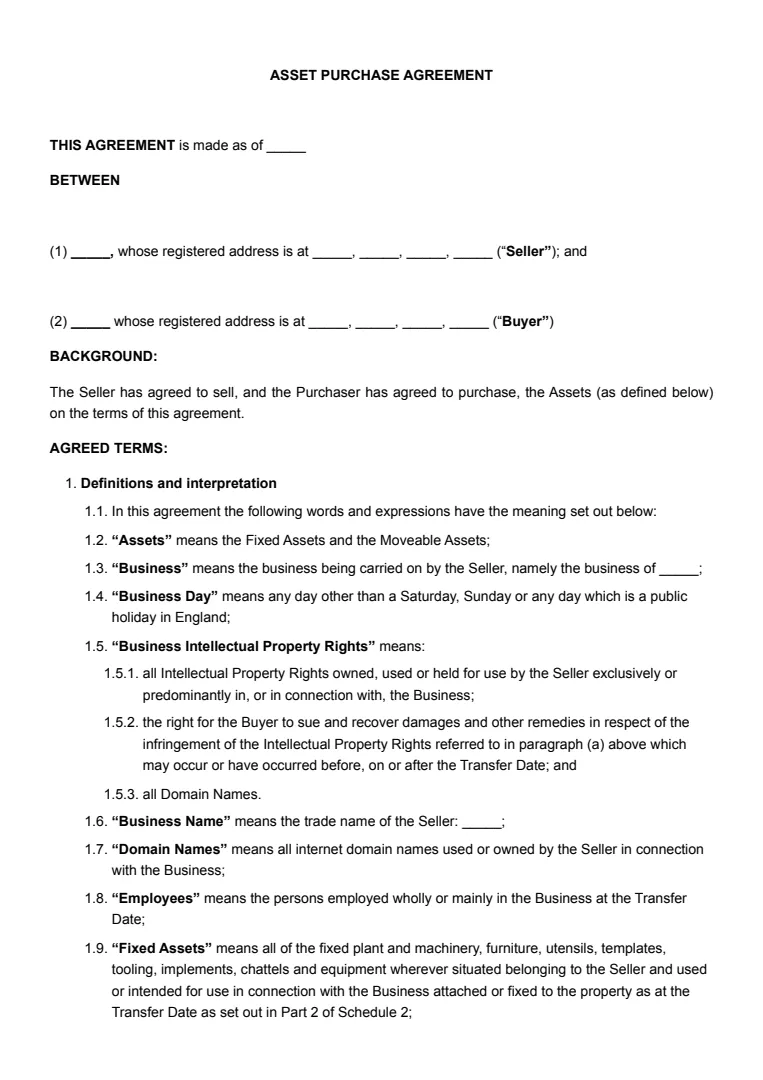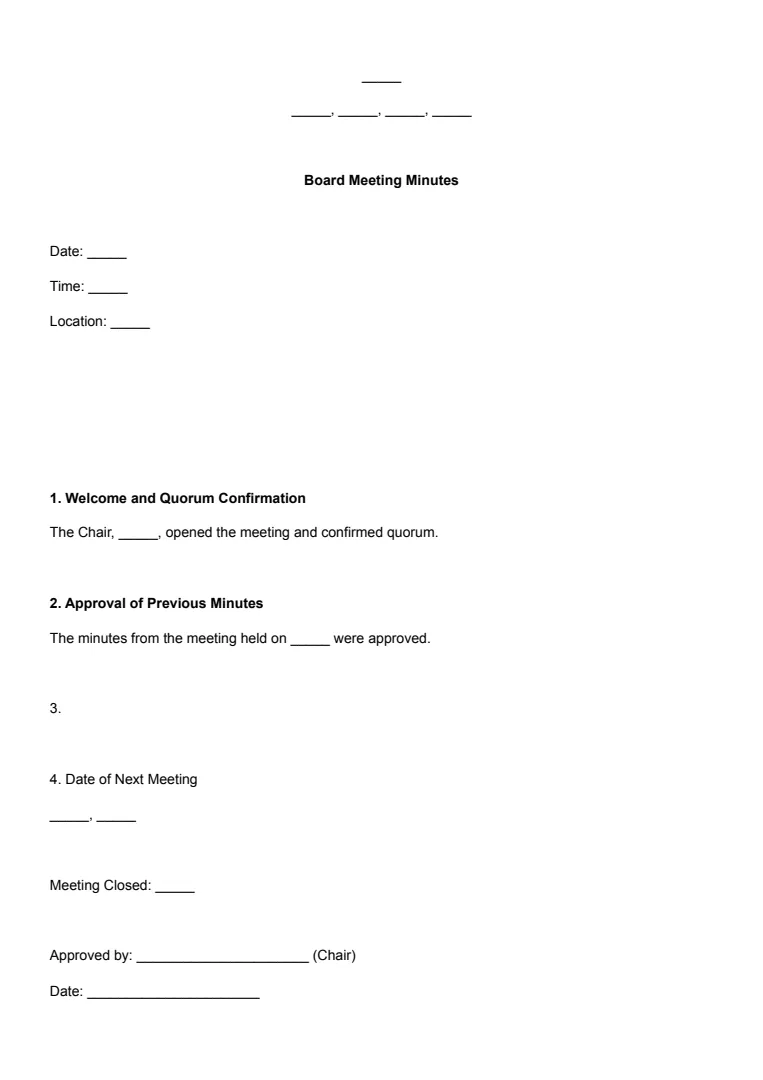What Is a Share Purchase Agreement?
A share purchase agreement (SPA) is a legally binding contract between a buyer and a seller where the buyer agrees to purchase and the seller agrees to sell shares of a company.
This agreement is key in transactions involving the transfer of shares, allowing the buyer to acquire ownership in the target company.
The SPA sets out the terms of the sale and purchase, including the number of shares, price, and payment terms. It also addresses the obligations and rights of the parties involved.
You'll find that the document often includes representations, warranties, and definitions to clarify the terms used.
In the context of mergers and acquisitions, the SPA formalises the transaction, ensuring you understand the structure and scope of the deal.
It's used not only for entire companies but also in transactions involving subsidiaries or specific minority stakes.
A share purchase agreement is a legal document that typically includes sections on the terms and conditions of the agreement. These might cover what happens if certain conditions aren't met or how disputes will be resolved.
Remember, it's all about having a clear roadmap for both parties.
In share purchase agreements involving private companies, you might notice references to the company's articles of association. This is important as it can impact the terms and conditions of the sale.
By negotiating an SPA, you're ensuring the smooth transfer of ownership and establishing a clear understanding of everyone's responsibilities.
When Is a Share Purchase Agreement Needed?
You'll need a share purchase agreement (SPA) when you're looking to acquire shares in a company, whether to gain a minority or majority stake.
This legally binding document ensures clear terms between the buyer and seller. It's especially important when buying a significant portion of shares, as it provides legal protection and outlines obligations.
The Company's Act 2006 often serves as a framework, as it details compliance requirements for both parties. If either the buyer or seller is operating under this legislation in the UK, ensuring the SPA aligns with it is crucial for a smooth transaction.
In mergers and acquisitions, the SPA is vital after the due diligence process.
Once you've thoroughly assessed the company's health and assets, formalising the agreement through a SPA clarifies the responsibilities and terms. This includes conditions that must be met before completion of the transaction.
An SPA is also necessary in private transactions where shares aren't publicly traded. Here, the buyer and seller must be clear about the share details and any conditions precedent — conditions needing fulfilment before the deal is sealed.
How to Write a Share Purchase Agreement
Creating a share purchase agreement requires careful planning and precision. Following these steps can help you produce a clear and concise document.
Step 1: Start With Basic Information
Begin by identifying the buyer and seller by their legal names.
Include the date of the agreement and specify the number and type of shares being bought.
Step 2: Outline the Purchase Terms
Clearly state the purchase price and payment method.
Be specific about any instalments or financing arrangements. Provide details on how and when the payment will be completed.
Step 3: Include Representations and Warranties
As a buyer, you may require assurances from the seller about the state of the company.
Outline what the seller guarantees about the business, such as financial status and legal standings.
Step 4: Address Conditions Precedent
Identify any conditions that must be met before the transfer of shares is finalised.
These might involve regulatory approvals or satisfactory due diligence checks.
Step 5: Set Out Obligations of Parties
Specify what each party is responsible for before and after the completion of the sale.
This could include changes in management or fulfilling specific business operations.
Step 6: Detail Heads of Terms
If you have a preliminary agreement or heads of terms, make sure these are referenced.
They lay the groundwork for the legal contract, often summarising the main points agreed upon before formalising the SPA.
Step 7: Seek Legal Advice
It’s wise to consult a lawyer to ensure the document complies with applicable laws and effectively protects your interests.
Professional input can identify potential pitfalls and help formalise the language. You can also use a share purchase agreement template to help guide you.
















